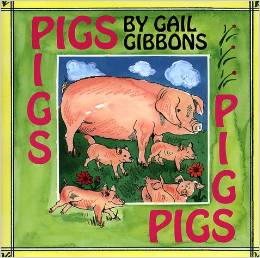
Pigs
This book teaches about the domestication of the pig, how pigs are used, their life cycle and different types (breeds) of pigs. This book is interlaced with many facts including what they eat, how fast they grow, and how to care for pigs.

This book teaches about the domestication of the pig, how pigs are used, their life cycle and different types (breeds) of pigs. This book is interlaced with many facts including what they eat, how fast they grow, and how to care for pigs.
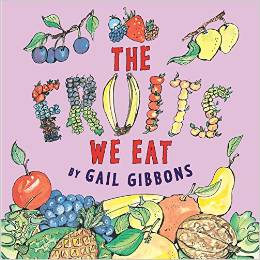
This book teaches accurate science about fruits and the production of fruits. It is a book of facts, examples, and illustrations. Facts taught include: How fruits are included in a healthy diet, different ways fruits are eaten, types of plants that grow fruit (tree, bush, vine, etc.), parts of a fruit, colors of fruit, and sweet fruits vs. tart fruits. The illustrations are very detailed and include many diagrams.
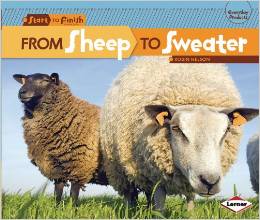
This book comes from the "Start to Finish" series. It outlines the steps and process of how wool is taken from a sheep to make a sweater.
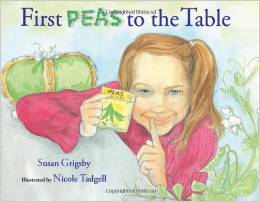
A fun work of fiction in which a girl competes in a classroom garden competition to see who can get the 'first peas to the table.' Based on the contest that Thomas Jefferson held with his friends and neighbors every year, this book seamlessly integrates school gardens, history, botany, and seasonal weather themes into one fun-to-read book. Teachers may even consider modeling a classroom science project after the one featured in this book.
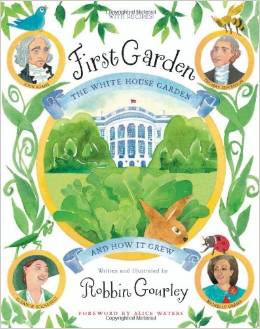
Learn about the history and present use of the White House lawn and gardens with this interesting and thorough nonfiction work. This book also presents factual information on gardening as well as important nutrition guidelines for healthy eating.
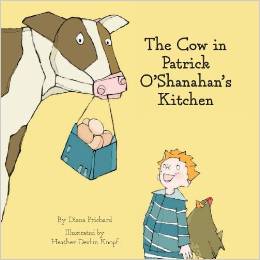
When Patrick wakes up for breakfast, he finds an adventure in his kitchen. As his dad cooks him breakfast, he learns where each breakfast food item is produced. The chicken lays the eggs, the cow produces the milk and the maple tree makes the syrup. This book is a great resource for teaching elementary students where their food comes from.
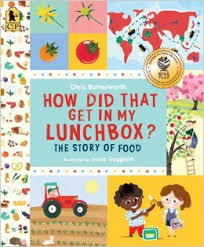
One of the best parts of a young child's day is opening a lunchbox and diving in. But how did that delicious food get there? From planting wheat to mixing dough, climbing trees to machine-squeezing fruit, picking cocoa pods to stirring a vat of melted bliss, here is a clear, engaging look at the steps involve in producing some common foods. Health tips and a peek at basic food groups complete the menu.
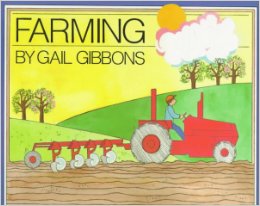
Each season in this book brings to life a new chore or activity on the farm. Farming shows real-life activities and chores on a farm that produces crops and food.
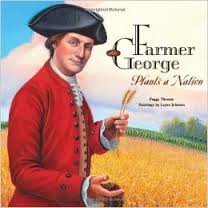
A very accurate account of the contributions of George Washington. In addition to being a general and one of the first presidents of the United states, he also made contributions to agriculture. He had a self-sufficient farm in Mount Vernon, Virginia. The book includes actual excerpts from Washington's writings, a timeline, resource section, and essays on his thoughts on slavery.
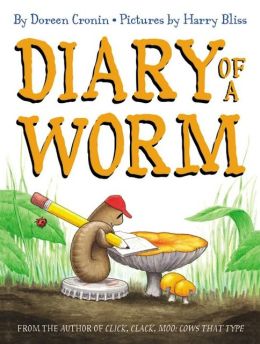
Written in diary form, students will learn about life from the perspective of a worm. The book teaches about the role worms play in our soil and uses fun and comical observations of a worm.
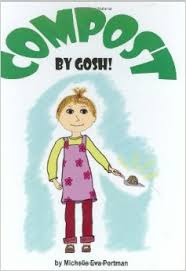
An entertaining children's book designed to inform young readers/listeners about worms, composting, and soil nutrients. It uses Dr. Seuss like poetry and child-like illustrations to explain the process.
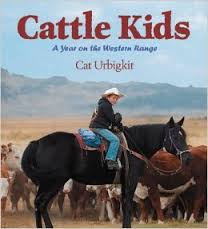
This book is a fun photo essay teaching young readers about the life of kids on a cattle ranch. They will meet girls and boys who help on their family's cattle ranches and take part in many aspects of the ranch. Students will enjoy looking at the important jobs performed by other children their age and making comparisons to their own chores. The book provides an accurate look at western cattle ranching.